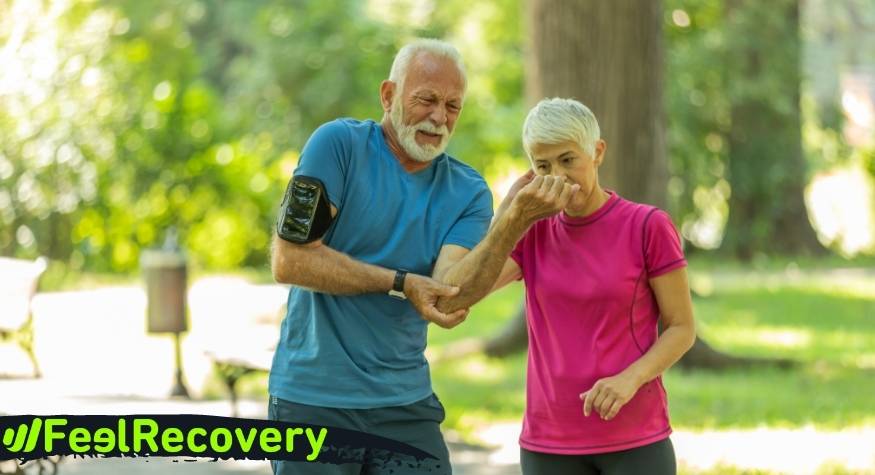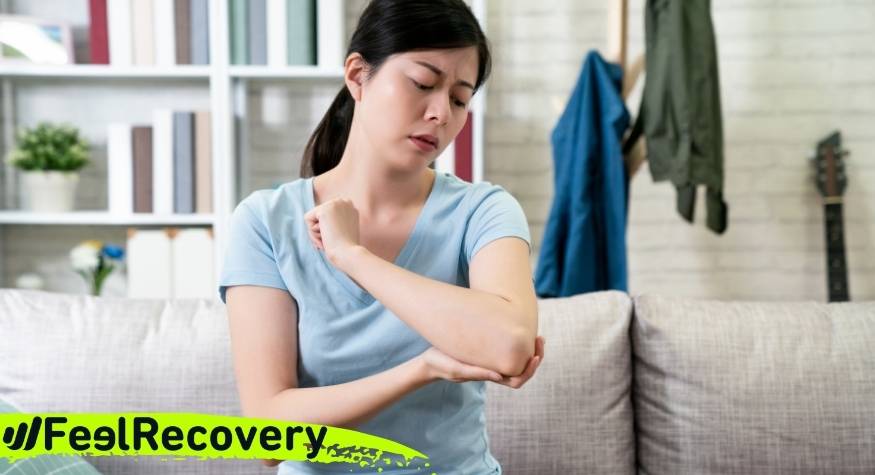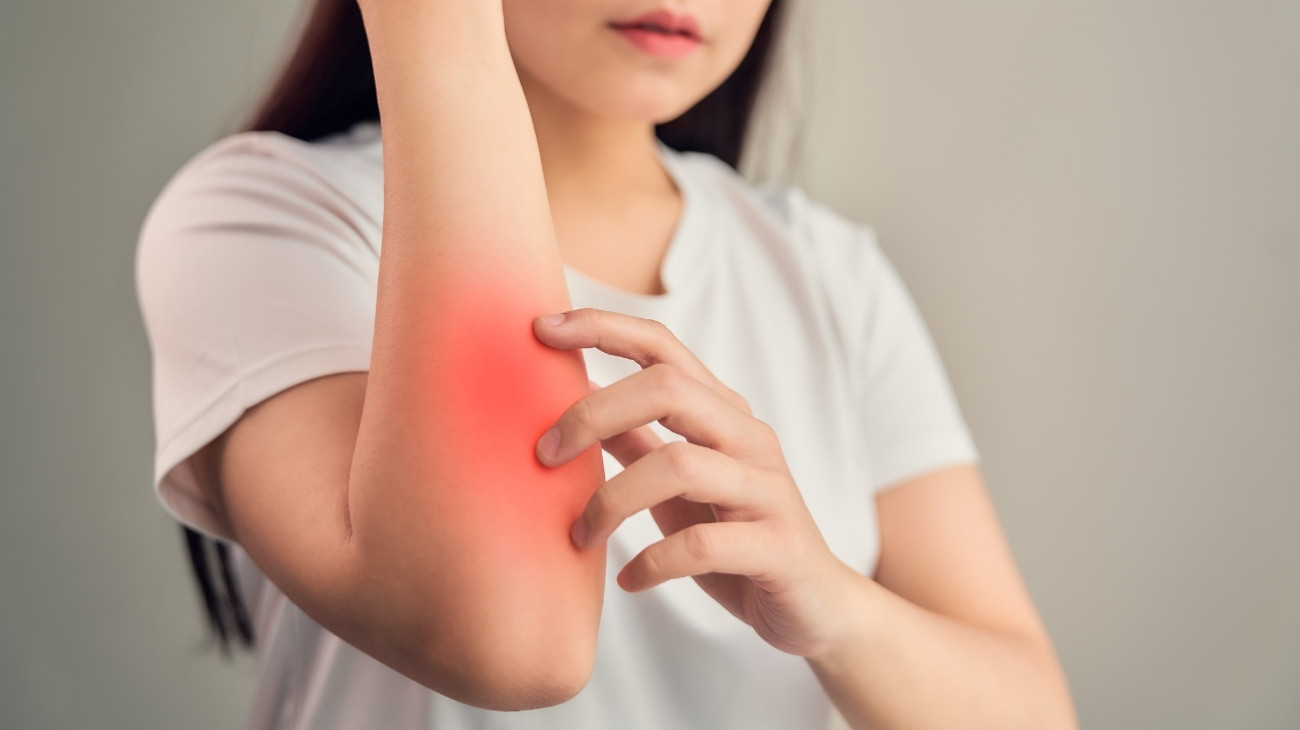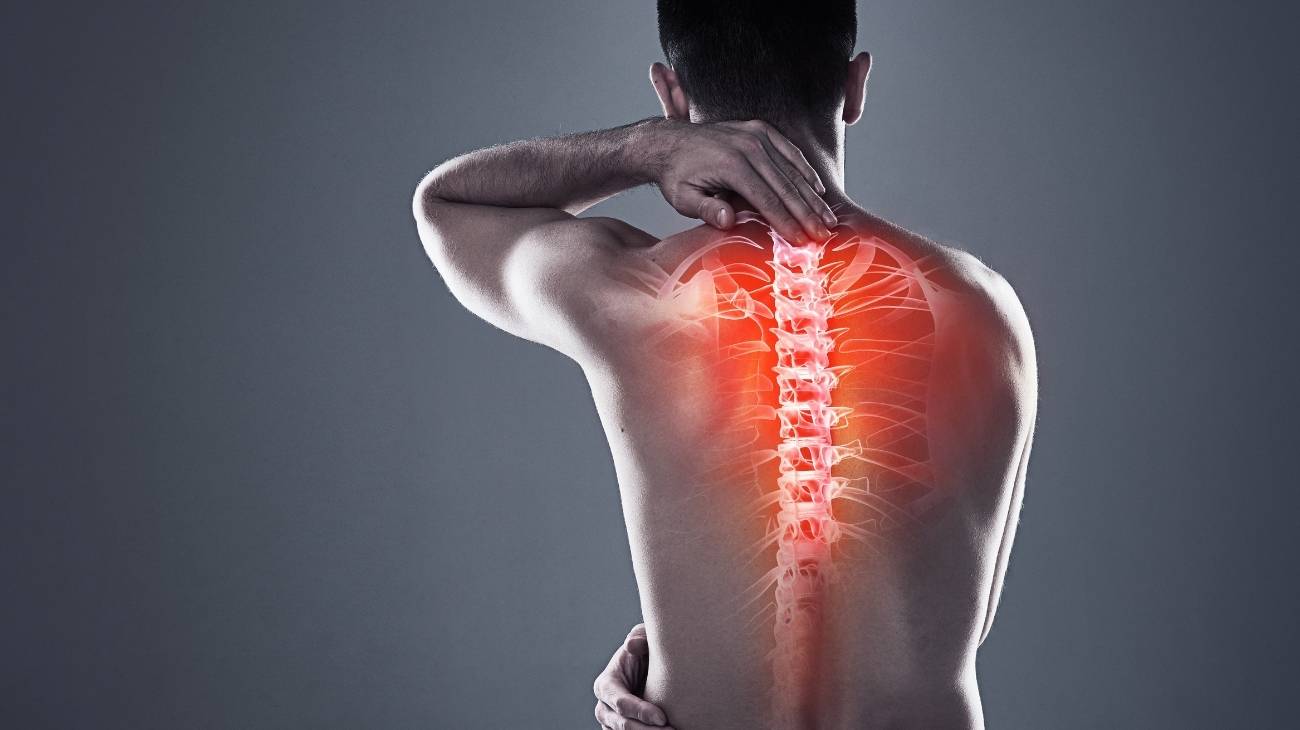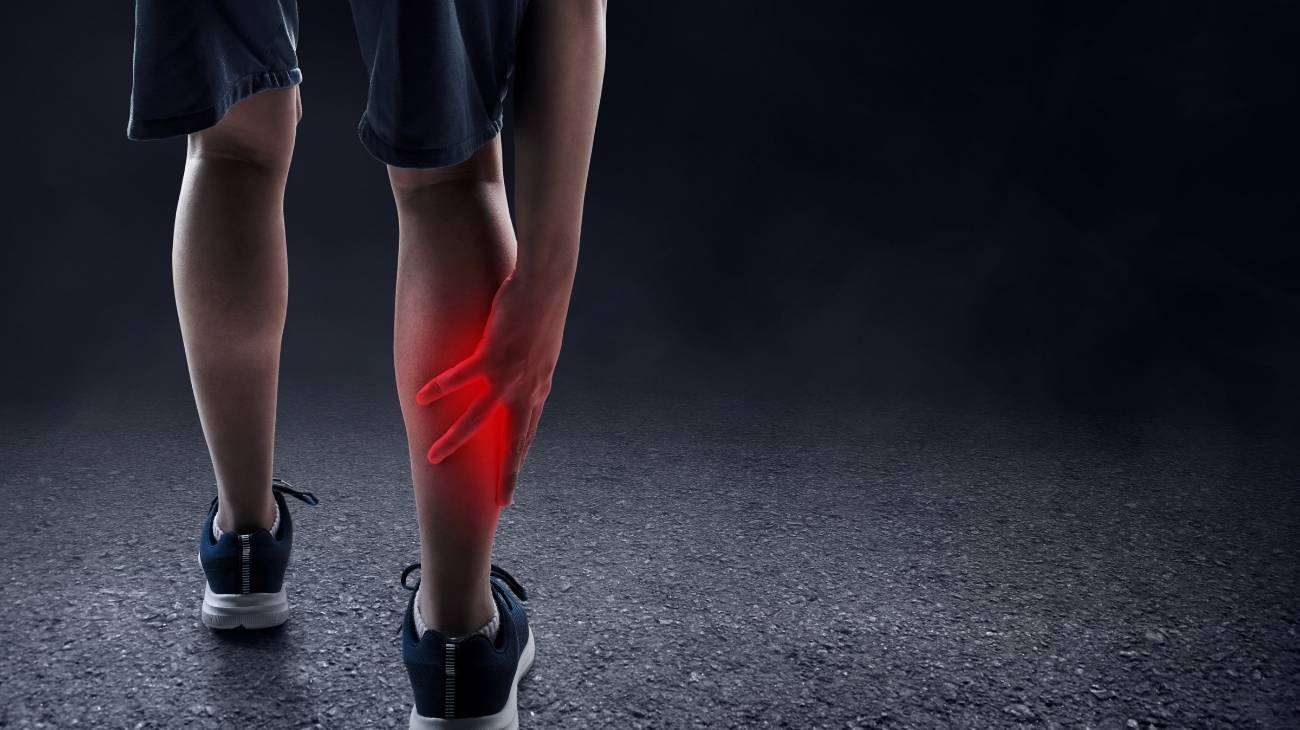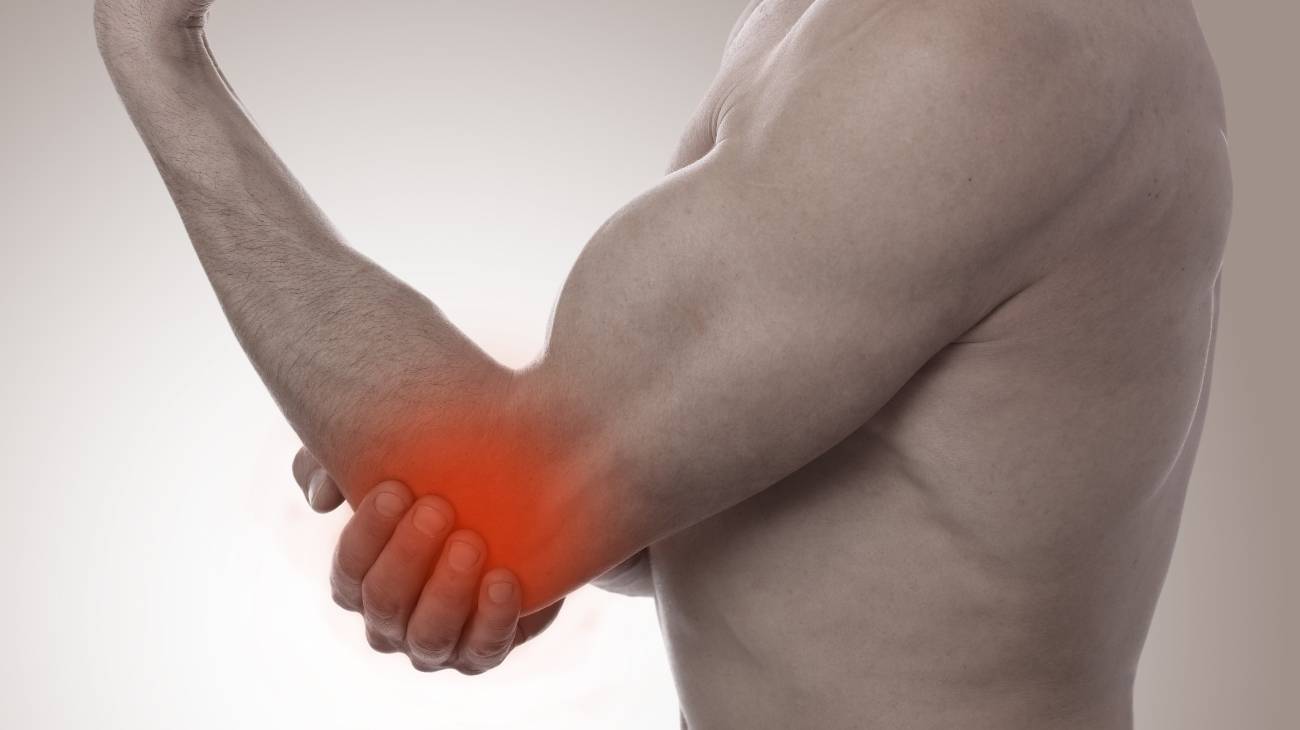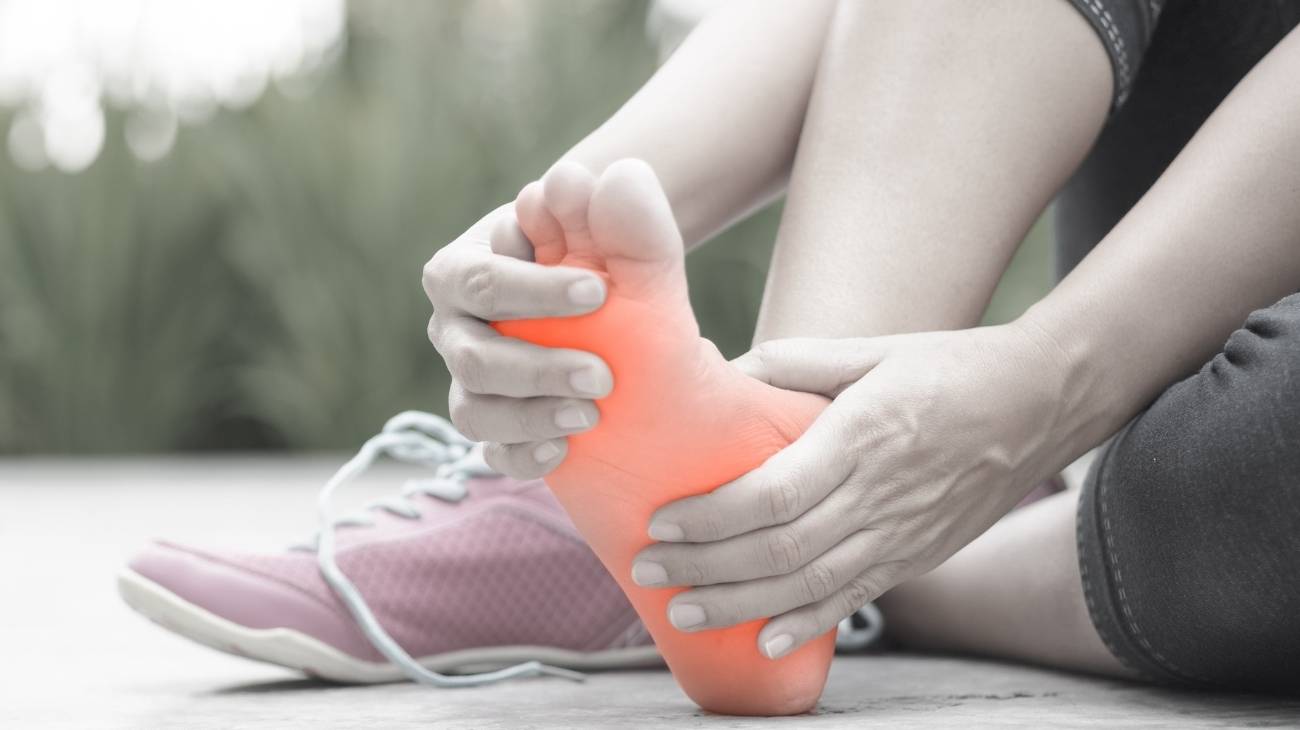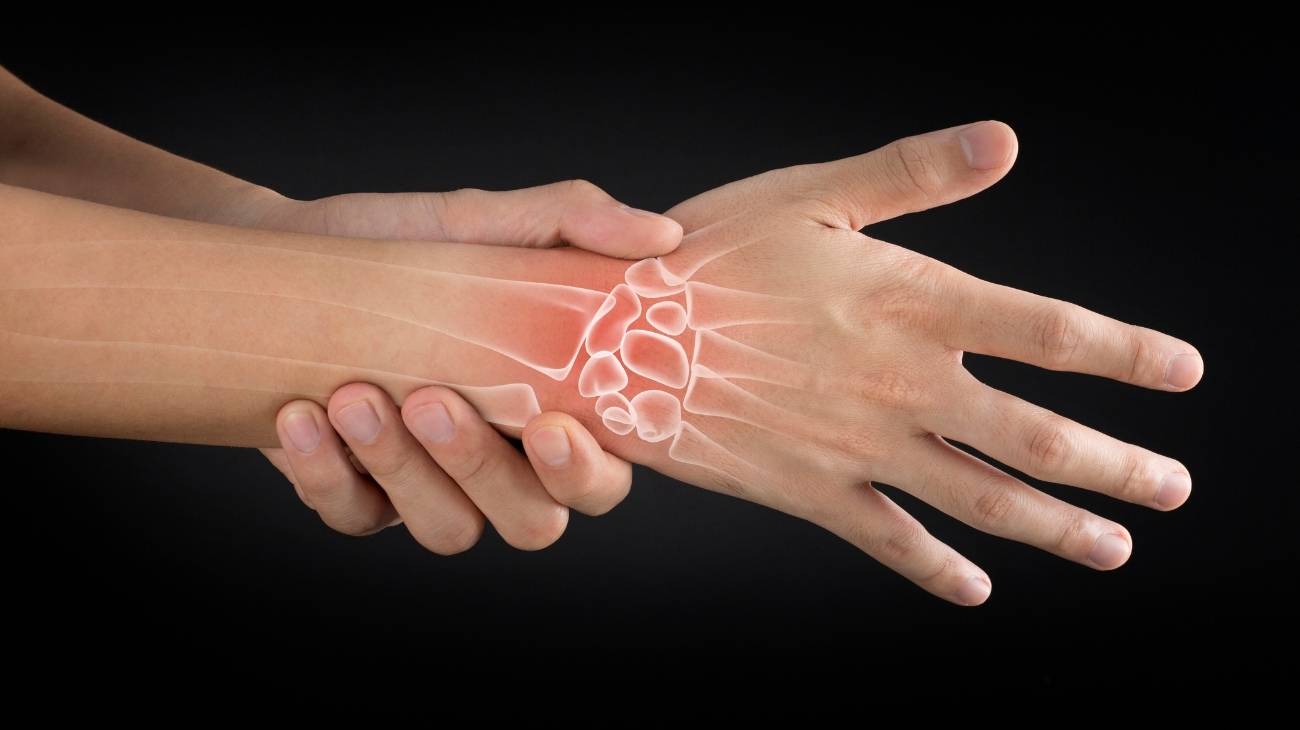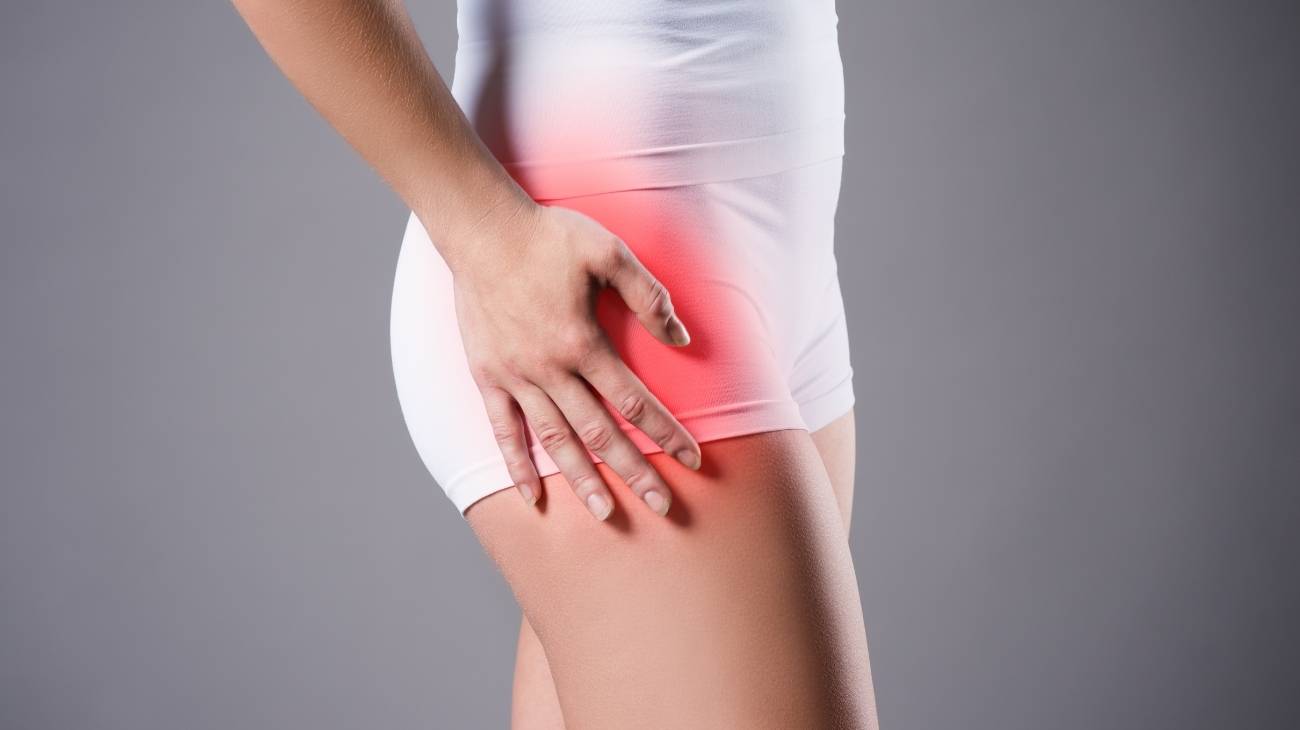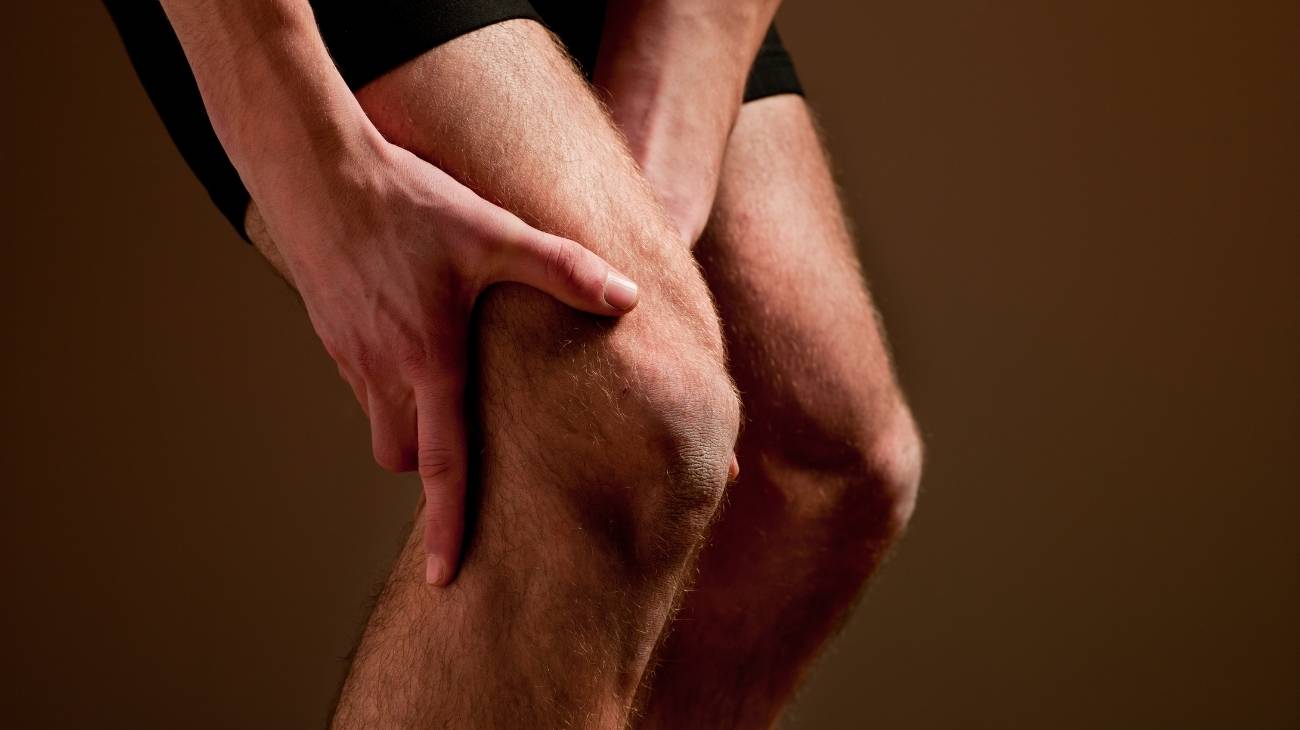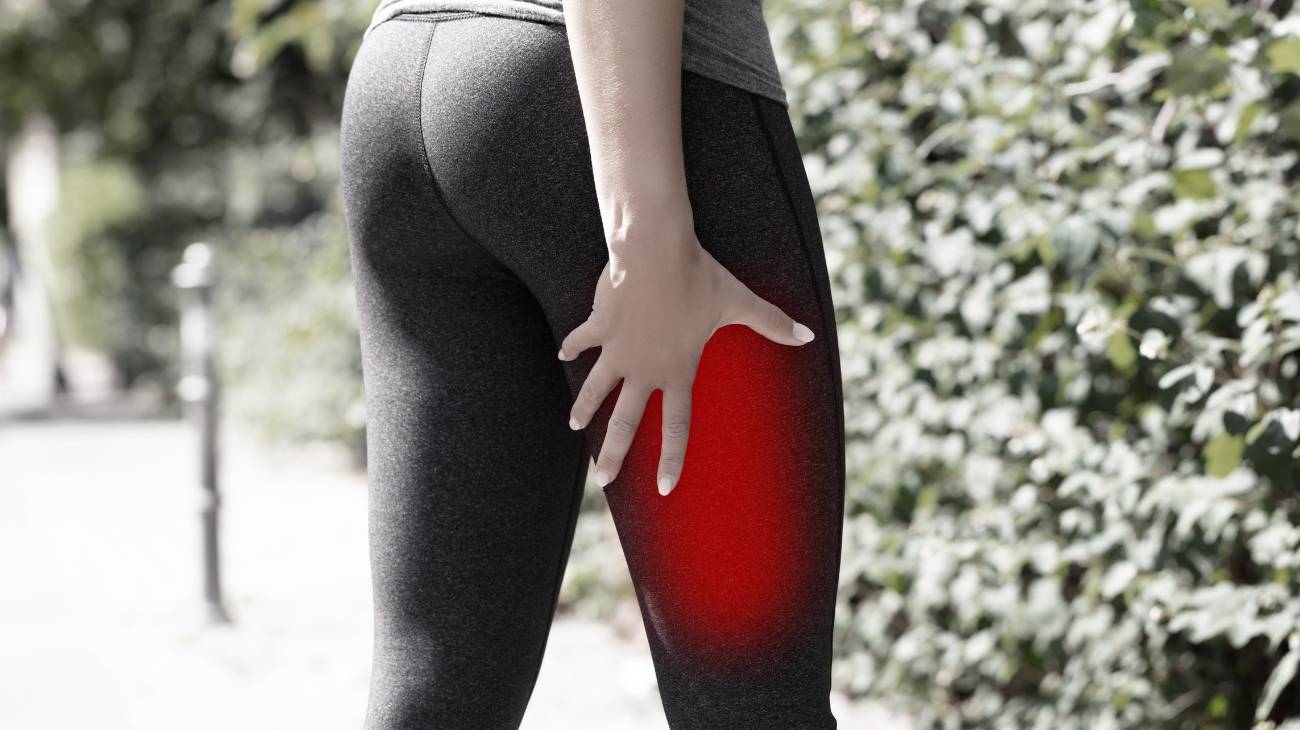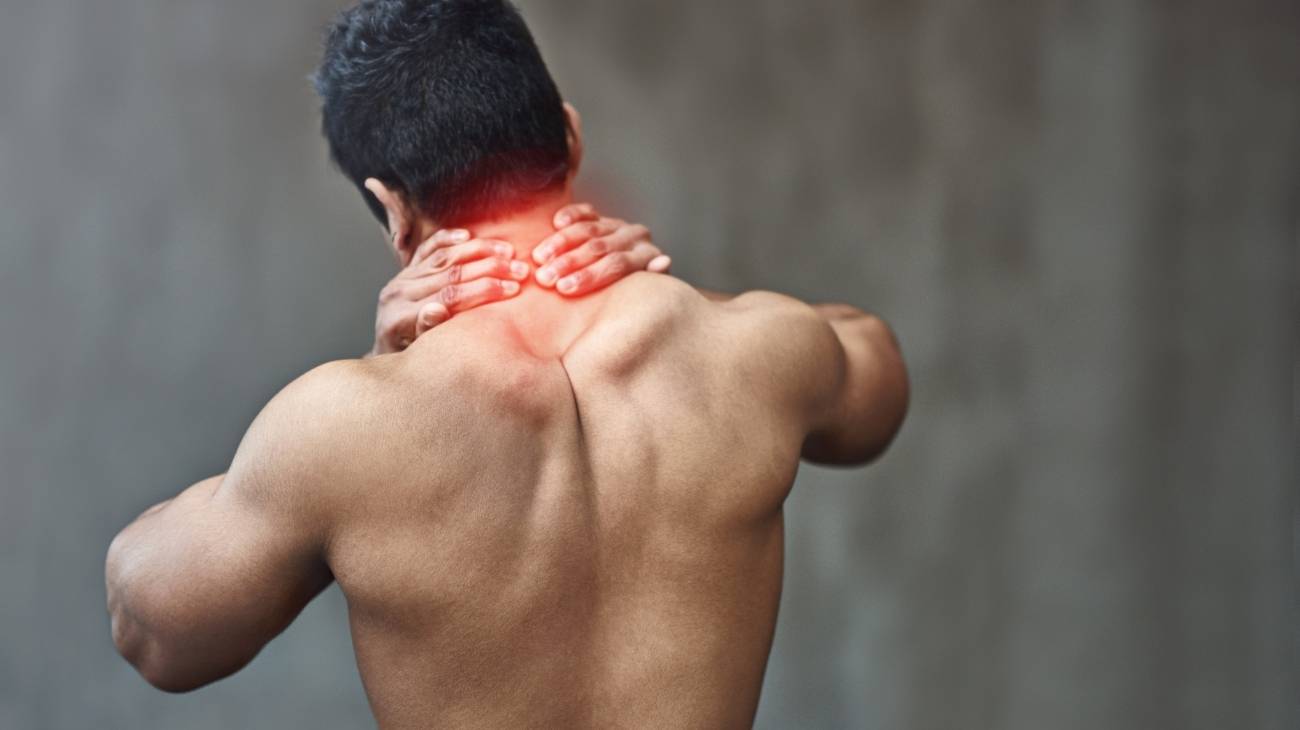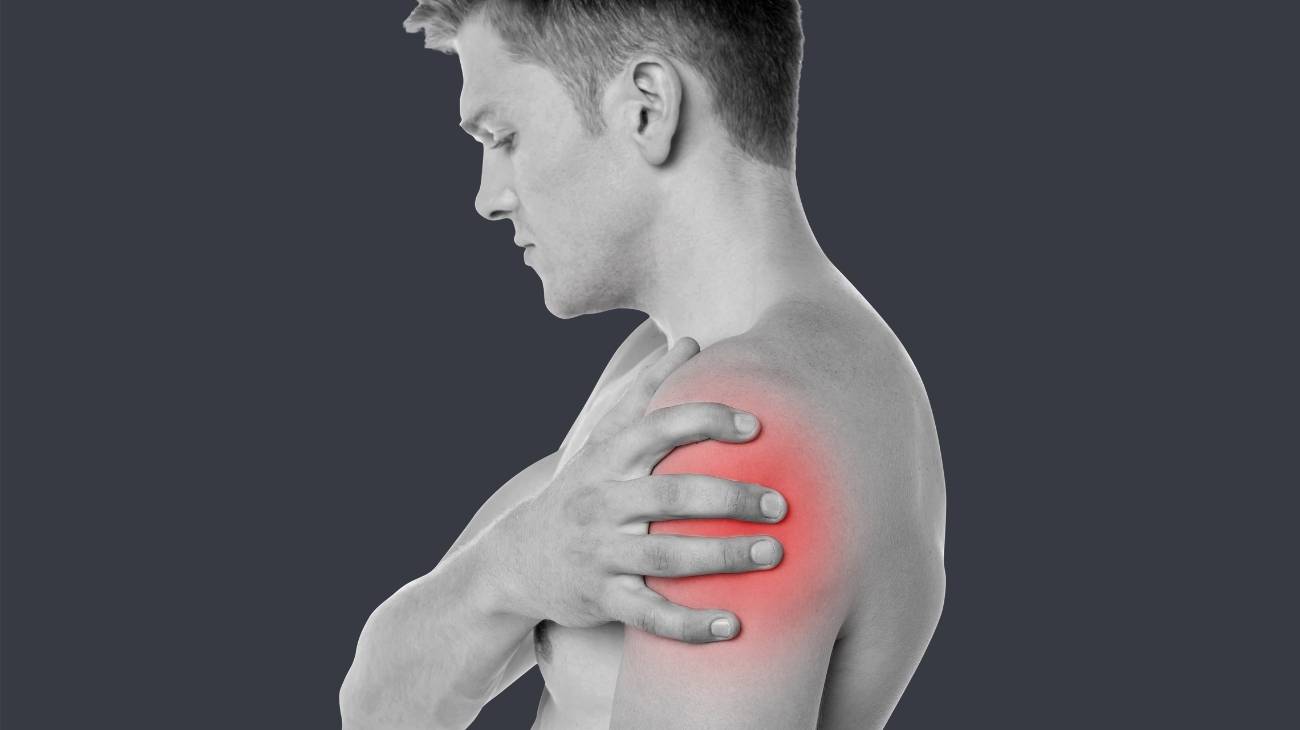Elbows are the joints that receive the most light and moderate blows. Because we use our arms and hands for everything, these extremities are more exposed to all kinds of injuries, as our elbows are our defence shields. Find out everything you need to know about this part of the body.
In this article you will learn about the types of mild, serious and chronic elbow joint injuries, the main causes of pain, and what signs to look out for to avoid major ailments.
What types of elbow injuries can we suffer?
At some point you may have received a blow to your elbow that hurt like hell, but went away in a few seconds. Or you may have suffered a mild strain, but a few days later, inflammation developed. This is because there are different types of injuries that affect the mobility of the elbow. That's why you should know this list of ailments and discomforts you may have in your everyday life.
Gout
Gout is a build-up of uric acid in the blood that causes wear and tear on the cartilage, resulting in severe pain and inflammation in the joints. It is a disorder that causes the pain to be intense and sudden. There is even likely to be a reddening of the skin and a rise in temperature.
Although it is a rare elbow ailment, it is possible for it to occur when there are already known cases in the family, making gout a hereditary pathology. Alcoholism and obesity are conditions that increase the likelihood of gout.
Osteoarthritis
Osteoarthritis is a disease that causes joint degeneration due to wear and tear of the cartilage. Unlike other soft tissues, cartilage does not have the ability to regenerate, so it is a progressive and degenerative disease. Although it is associated with advancing age, from 50-55 years of age and mostly in the case of women, it is also caused by years of sporting activities or occupational professions with repetitive movements that cause the cartilages of the elbow to wear down.
Rheumatoid arthritis
Rheumatoid arthritis is a progressive, hereditary, autoimmune disease. It affects the proper functioning of the joints, starting with the elbow, then the wrist and fingers, but weakens the joint structure in all parts of the body. Once the disease appears, the only thing left to do is to perform exercises and therapies that slow down its progress in the body.
Cubital tunnel syndrome
This is a condition present in older adults, after a lifetime of repetitive and concentrated movements at the elbow. It is the compression of the nerves of the medial epicondyle, located at the back and inside of the elbow.
The first thing you feel is numbness in this part of the arm and tingling in the hands and fingers. It is possible to repair the damage to the cubital tunnel by surgery, although if the damage is mild, physiotherapy and prolonged rest can address the condition.
Bursitis
The most common bursitis occurs in the part of the bone that forms the elbow boss. The bursa contains a fluid that lubricates and protects the joints from rubbing against each other. When the bursa fails, a sort of sound is heard during the collision of the bony structure.
Diseases such as gout, as well as repeated heavy blows to the elbow, cause olecranon bursitis to develop in the long term. Pain is a warning sign of this injury and in more extreme cases it is best to drain the synovial fluid.
Radial tunnel syndrome
This is a similar injury to cubital tunnel syndrome, but in this case the injury leaves pain in the forearm and elbow at the same time. It is caused by a severe blow and inflammation of the tissues surrounding the joint.
In advanced cases, there is also pain on the back of the hand, which is sharp and comes and goes depending on the activity the person is doing at the time of the pain. Cryotherapy can be a great ally to alleviate this ailment, although to solve it completely it may be necessary to undergo surgery.
Tendonitis
The famous "golfer's elbow" and "tennis elbow" fall into the category of tendon injuries. Both are caused by constant repetitive, and sometimes intense, movement that wears down the joint. In tendonitis, the tendon fibres become inflamed and irritated and if taken to the extreme, can rupture.
When the mild injury develops into a complete rupture of the tendon, it is called tendinosis. The only way to repair this damage is by arthroscopy, which involves making several incisions and reattaching the tendon.
Fractures
In accidents at work or at home, the bone most commonly broken is the radial head, the part that forms the joint. There are several reasons for this bone to break, including severe trauma or tissue wear and tear that put the bone under great stress. When a fracture breaks the skin, it is urgent to repair the tissue damage and reattach the bone by means of an open, emergency operation.
Best products for the recovery of elbow injuries
Bestseller
What are the causes of elbow pain?
Because we use our arms for everything in life, there are multiple risk factors that increase the likelihood of elbow injury. Check out this list of the leading causes of injury.
Repetitive sports activity
Trying to be a professional athlete or playing sports on weekends without good physical preparation will cause the elbow to undergo intense stress and repetitive movements that accelerate the wear and tear of muscles, ligaments, tendons and the cartilage that covers the bony structure.
In tennis, for example, thousands of racket strokes a year are made by players during training and matches. This leads to accelerated wear and tear on the joint until the cartilage is no longer present and internal inflammation begins to occur due to bone rubbing.
Trauma
There are large, strong bones like the hip, but the elbow is not a bulky structure surrounded by many tissues or layers of fat. Therefore, a blow does not require excessive force to lead to dislocations, fractures and inflammation in this joint.
Trauma occurs from a fall, a heavy blow or any incident that leaves edema, bruising, swelling and pain. Bumping the elbow against a solid structure will cause sudden and sharp, but temporary pain.
Diseases
As you may already know, the elbow is not only injured by a blow. Degenerative diseases such as osteoporosis and arthritis put wear and tear on the bones and joints. This increases the likelihood of recurrent injuries. It is recommended to always be in control with your specialist doctor to evaluate the available options and make the progression of these diseases affect as little as possible the mobility in the elbow and what this would imply in your day to day life.
Obesity
You might think that there is no link between obesity and elbow pain, but this is not the case. Although the elbow does not support body weight, obesity alters the body's metabolism and this affects the proper nutrition and processing of nutrients that build muscle mass.
When the functionality of the muscles is compromised, then the bones, ligaments and tendons in the joints, including the elbow, suffer the negative effects of obesity. The picture worsens when the person has arthritis, which involves the weakening of the joint.
Poor nutrition and hydration
When your body does not consume enough nutrients in a balanced way, your whole body reacts with a delay in growth and recovery of damaged cells. The recommendation is to eat a variety of foods, so that you have balanced sources of carbohydrates, proteins and fats.
The same applies to water intake, which is responsible for transporting nutrients better through the bloodstream to the muscles. Drink water several times throughout the day, especially first thing in the morning or if you play sports, before, during and after activity.
What are the symptoms of elbow and arm pain?
Although some pain is localised, most of it radiates down the forearm. It is very important to take the precaution of treating an ailment as soon as it is detected in order to avoid possible complications.
- Deformity: The elbow is not a joint that must constantly change shape, so you must be aware that there are no hard lumps on the back of the elbow, in its apophysis.
- Pain: This is the most common and dreaded of the symptoms, it can come in many forms but it is undoubtedly the sign that incapacitates us in our daily activities.
- Inflammation: Inflammation always has an origin, it will also be accompanied by pain, even if it is slight. When the bursa is injured it generates a small inflammation in the joint and this can be seen from the outside.
- Difficulty moving the arm: Muscle contractures and cramps in the arm can affect mobility in the elbow, but you don't necessarily have a joint injury if you can't move your arm freely. In these cases you just need to rest.
- Redness and increased temperature: You may have a kind of burning sensation in your elbow and when you touch it, you may notice that the temperature in that part of your body is elevated.
- Fever: With a fracture or even bursitis and tendonitis, the body may develop a fever as an immune reaction, or as a sign that the broken bone has become infected.
- Loss of strength: Any injury to the elbow will lead to a loss of strength in the forearm.
How to apply the RICE therapy to treat elbow injuries?
This is a method used in the sporting world to deal with minor injuries, but at home and at work it is quite useful for clearly identified ailments.
- Protection: Find a bandage and wrap it around the elbow until you notice reduced mobility in the joint. Try to keep the bandage a little tight without cutting off blood flow.
- Rest: After being checked by a doctor, you may need to rest at home to help the elbow recover. This can last three days if it is a minor injury.
- Ice: Apply ice using a ice gel pack. The idea is that the pain goes down and also the inflammation in the joint. Try not to exceed 20 minutes in each application, it can be done 3-4 times a day.
- Compression: The most recommended is to use a compressive garment that allows you to reduce the movement of the elbow as much as possible, this way you will offer a better rest, the use of sports elbow braces are recommended.
- Elevation: You should keep the elbow elevated above the level of the heart, this will help reduce inflammation and pain. This step should be followed if the pain does not subside.
Common sports elbow injuries
Check out this list of possible injuries you can get in the event of accidents related to sporting activities. While there are contact sports that are more prone to injury such as basketball, rugby and boxing, in the case of the elbow, we have seen that it also suffers in sports such as tennis and golf.
Why is it important to clean TENS/EMS electrode pads?How to clean the electrodes pads of TENS/EMS electrostimulator?When to replace electrostimulator padsIs it safe to use old electrode pads?Tips for maintaining...
What is vibration therapy and what types of ailments can be treated with vibration balls?What is myofascial release therapy and what kind of ailments can be treated with massage balls?What...
How can myofascial release therapy improve my health according to science?What should I consider when choosing the best electric massage roller?How to use an electric vibrating massage roller?F.A.Q: Frequently Asked...
How does the head of my muscle massage gun influence the experience of use?What types of heads do massage guns have and what is each one used for?What are the...
What is myofascial release therapy and how does vibration influence it?What to consider before performing myofascial release massages with Foam Foller with vibration?Vibration Foam Roller Exercises for the upper bodyVibration...
What kind of pains and injuries can be treated with vibrating massage rollers?How to use vibrating massage rollers to relieve aches and pains and speed up recovery from injuries?What kind...
What is an vibrating Foam Roller and what kind of injuries can be treated with one?What are the differences between an vibrating foam roller and a normal massage roller?What are...
What kind of ailments can be treated with a vibrating massage ball?On which areas of the body can we use a vibrating massage ball?How to use the vibrating massage balls?What...
How can massage therapy help improve your health according to science?What are the main benefits of using electric vibrating massage balls?What should we consider when choosing the best vibrating massage...
How can massage therapy improve my health according to science?What are the most important benefits of using an electric neck, back and shoulder massager?What are the most important features when...
Most common elbow conditions
Check out this review of the signs and ailments your body gives off to warn you that an elbow injury is likely. There are many ailments and diseases related to the elbow, whether it's joint, ligament or tendon wear and tear, or muscle damage. Knowing about them will help you to prevent and treat them correctly.
Why is it important to clean TENS/EMS electrode pads?How to clean the electrodes pads of TENS/EMS electrostimulator?When to replace electrostimulator padsIs it safe to use old electrode pads?Tips for maintaining...
What is vibration therapy and what types of ailments can be treated with vibration balls?What is myofascial release therapy and what kind of ailments can be treated with massage balls?What...
How can myofascial release therapy improve my health according to science?What should I consider when choosing the best electric massage roller?How to use an electric vibrating massage roller?F.A.Q: Frequently Asked...
How does the head of my muscle massage gun influence the experience of use?What types of heads do massage guns have and what is each one used for?What are the...
What is myofascial release therapy and how does vibration influence it?What to consider before performing myofascial release massages with Foam Foller with vibration?Vibration Foam Roller Exercises for the upper bodyVibration...
What kind of pains and injuries can be treated with vibrating massage rollers?How to use vibrating massage rollers to relieve aches and pains and speed up recovery from injuries?What kind...
What is an vibrating Foam Roller and what kind of injuries can be treated with one?What are the differences between an vibrating foam roller and a normal massage roller?What are...
What kind of ailments can be treated with a vibrating massage ball?On which areas of the body can we use a vibrating massage ball?How to use the vibrating massage balls?What...
How can massage therapy help improve your health according to science?What are the main benefits of using electric vibrating massage balls?What should we consider when choosing the best vibrating massage...
How can massage therapy improve my health according to science?What are the most important benefits of using an electric neck, back and shoulder massager?What are the most important features when...
References
- Field, L. D., & Savoie, F. H. (1998). Common elbow injuries in sport. Sports medicine, 26, 193-205. https://link.springer.com/article/10.2165/00007256-199826030-00005
- Kandemir, U., Fu, F. H., & McMahon, P. J. (2002). Elbow injuries. Current opinion in rheumatology, 14(2), 160-167. https://journals.lww.com/co-rheumatology/Abstract/2002/03000/Elbow_injuries.13.aspx
- Safran, M. R. (2004). Elbow injuries in athletes. Clinics in Sports Medicine, 23(4), xvii-xix. https://www.sportsmed.theclinics.com/article/S0278-5919(04)00072-9/fulltext
- Fleisig, G. S., & Andrews, J. R. (2012). Prevention of elbow injuries in youth baseball pitchers. Sports health, 4(5), 419-424. https://journals.sagepub.com/doi/abs/10.1177/1941738112454828?journalCode=spha
- Magra, M., Caine, D., & Maffulli, N. (2007). A review of epidemiology of paediatric elbow injuries in sports. Sports medicine, 37, 717-735. https://link.springer.com/article/10.2165/00007256-200737080-00005
- Olsen, S. J., Fleisig, G. S., Dun, S., Loftice, J., & Andrews, J. R. (2006). Risk factors for shoulder and elbow injuries in adolescent baseball pitchers. The American journal of sports medicine, 34(6), 905-912. https://journals.sagepub.com/doi/abs/10.1177/0363546505284188
- Harada, M., Takahara, M., Mura, N., Sasaki, J., Ito, T., & Ogino, T. (2010). Risk factors for elbow injuries among young baseball players. Journal of shoulder and elbow surgery, 19(4), 502-507. https://www.sciencedirect.com/science/article/abs/pii/S1058274609004741
- Kamien, M. (1990). A rational management of tennis elbow. Sports Medicine, 9, 173-191. https://link.springer.com/article/10.2165/00007256-199009030-00005
- Kraushaar, B. S., & Nirschl, R. P. (1999). Tendinosis of the elbow (tennis elbow): clinical features and findings of histological, immunohistochemical, and electron microscopy studies. Journal of Bone and Joint Surgery, 81(2), 259. https://www.proquest.com/openview/8ae7310b439893743b447bbd3b9d909d/
- Noteboom, T., Cruver, R., Keller, J., Kellogg, B., & Nitz, A. J. (1994). Tennis elbow: a review. Journal of Orthopaedic & Sports Physical Therapy, 19(6), 357-366. https://www.jospt.org/doi/abs/10.2519/jospt.1994.19.6.357


















